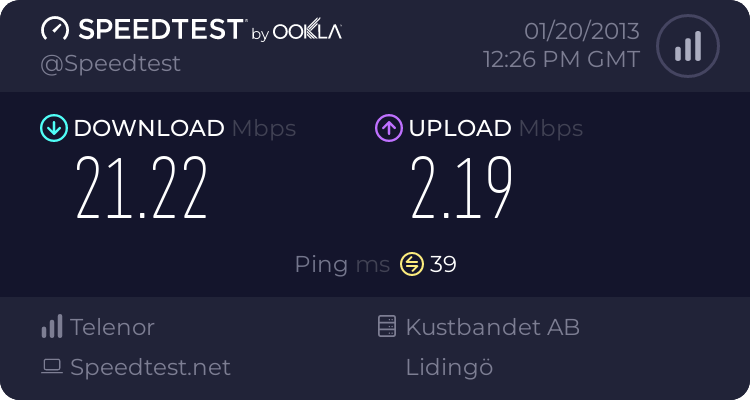OGroteKoning
Regular Contributor
My previous router was not compatible with all the modems I had. So customer support of said router linked me to a sniffer tool so I can run some sniffing-tests in order to create a bin file which I could load onto the router and get the modem working on it. It was not always successful, but at least I got some modems to work.
There is little support from Asus to add specifically LTE USB modems to their compatibility list. I don't mind trying to create a bin file (or similar) to get my modems to work. From this I have 2 questions:
1. Is there such a tool that one can use to creat a file that can be loaded onto the RT-N66U to make a modem compatible with the router
2. If such a tool for the RT-N66U exists, and provided I am successful, how would I load the file onto the router?
There is little support from Asus to add specifically LTE USB modems to their compatibility list. I don't mind trying to create a bin file (or similar) to get my modems to work. From this I have 2 questions:
1. Is there such a tool that one can use to creat a file that can be loaded onto the RT-N66U to make a modem compatible with the router
2. If such a tool for the RT-N66U exists, and provided I am successful, how would I load the file onto the router?


